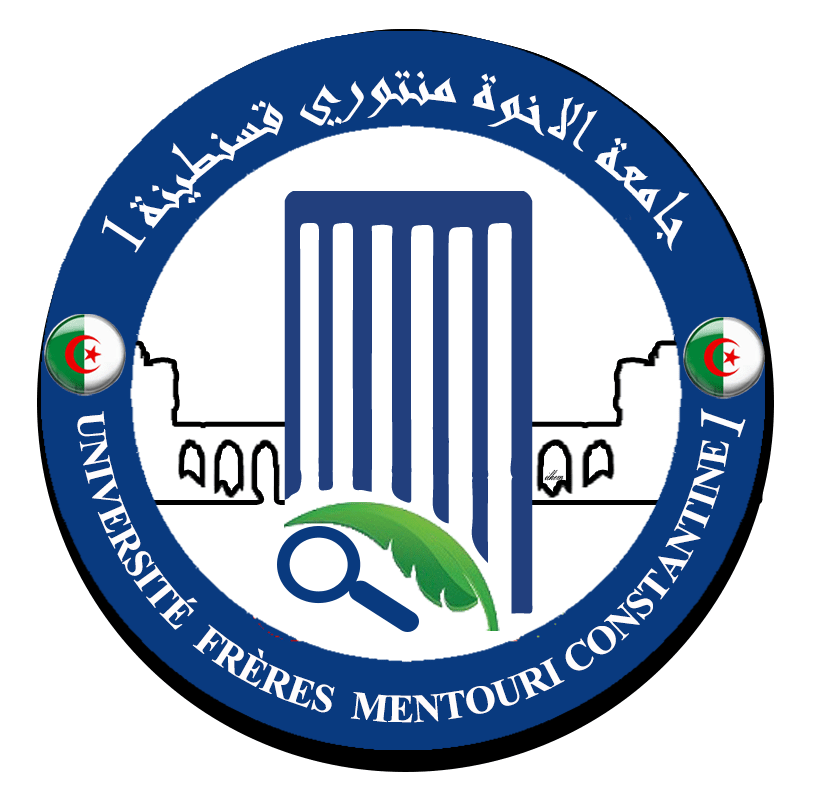Vulnérabilité Intrinsèque Et Risque De Pollution Des Eaux Souterraines Par L'activité Agricole De La Plaine De Gadaïne - Ain Yaghout, W. Batna (nord- Est Algérien).
Résumé: The present study treats the intrinsic vulnerability and the pollution’s risk of the mioplio- quaternary aquifer of Gadaïne - Ain Yaghout plain (North-East of Batna), threatened by many sources of contamination, either natural (leaching of triassic gypsum and chotts’ evaporites), or anthropogenic (spreading of chemical fertilizers and manure, municipal waste, wastewater discharges into: septic tanks, wadi El Madher and chotts ... etc.). These pollution sources are multiplied in the region without any measure of protection of the environment, and in particular water resources. Theses water resources are exposed to potential risks of continuous or episodic alteration, and are further threatened by insufficient recharge volumes (caused by low infiltration, high evaporation and over-exploitation of groundwater resources that caused an inversion of the underground flow). All the aforementioned factors give to the water a chloride and sulphate calcium and magnesium facies on the one hand. On the other hand, they deteriorated the quality of 64% of analyzed waters, which are not suitable for human consumption, according to the water quality index (WQI), however, the calculation of the quality index Water for Irrigation (IQEI) revealed that 89% of the waters are very suitable for agricultural use. As for the method used for risk of pollution assessment, it relies on the inventory of hazards taking into account several parameters, such as lithology, piezometry and recharge. In addition, the estimation of the intrinsic vulnerability established by the modified DRASTIC method made it possible to discriminate between extremely weak and very weak zones of vulnerability occupying respectively 91% and 9% of the total area of the plain. While, the GOD method showed areas of low and medium vulnerability respectively covering 61.7% and 38.3% of the mapped area. Overall, this vulnerability is increasing from the center of the plain to its borders. Based on vulnerability classes, the COST Action 620 approach shared the risk intensity into three classes: medium, strong and very strong, representing successively, 3%, 49% and 0.2% of the plain surface. The class of a high risk level is represented mainly by cultivated land and pasture areas, while farms belong to the very high risk class. Finally, these results form a support helping the protection of groundwater quality and effective management of contamination of the groundwater resources in the study area.
Mots-clès:
Nos services universitaires et académiques
Thèses-Algérie vous propose ses divers services d’édition: mise en page, révision, correction, traduction, analyse du plagiat, ainsi que la réalisation des supports graphiques et de présentation (Slideshows).
Obtenez dès à présent et en toute facilité votre devis gratuit et une estimation de la durée de réalisation et bénéficiez d'une qualité de travail irréprochable et d'un temps de livraison imbattable!


